Whether you like them or despise them, the Dutch are unmistakably different (even though they may not dress like it). What you’ll find in their homes is one of the best illustrations. There are a number of features found in a typical Dutch house that perplex overseas visitors. Here are 14 examples!
A toilet calendar, for when you’ve got things to do and are stuck in the loo
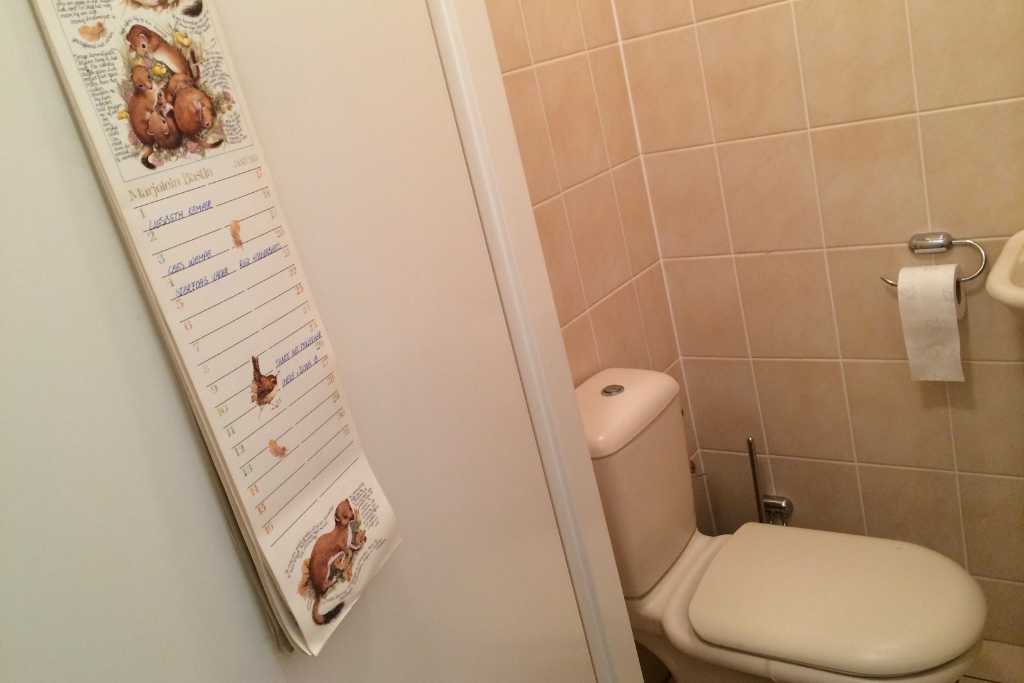
The Dutch are masters at multitasking; watch them ride their bikes while clutching a potted plant and a wheel of cheese. Their multitasking abilities extend to their bathroom habits, which take the form of the verjaardagskalender (birthday calendar) or WC kalender (toilet calendar).
This handy little device can be found hanging beneath a sink or on the wall of a Dutchie’s toilet. “Nienke’s birthday,” “Dentist appointment,” or even “Remind Jeroen to pay his Tikkie for €0.85” will be scribbled on it.
Okay, we may have overstated the last bit.
Invisible curtains and a never-say-die mentality
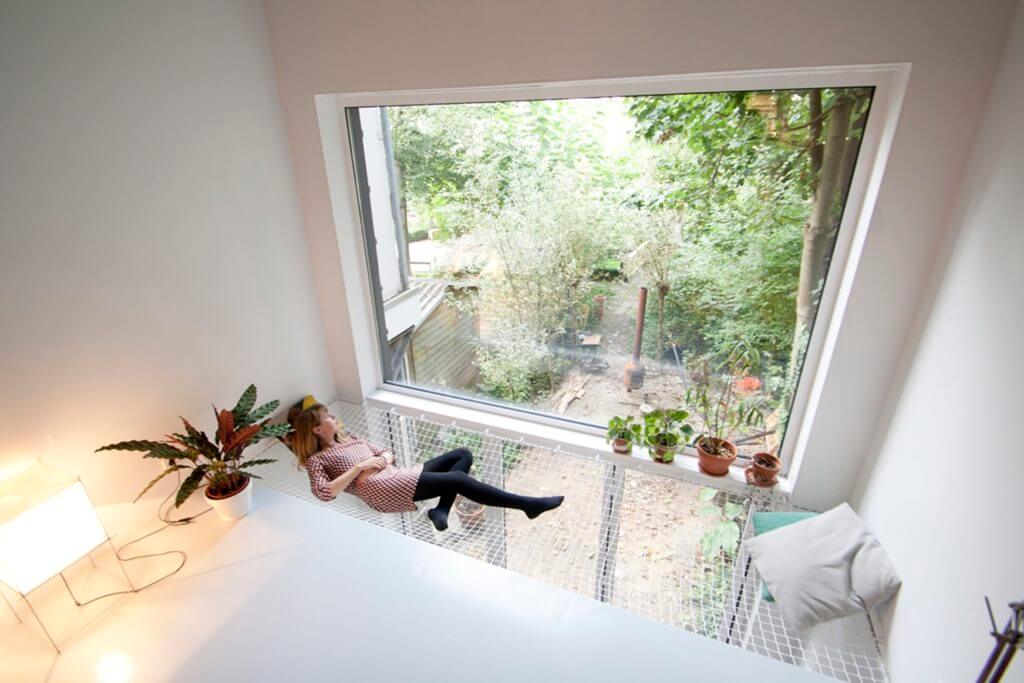
And, while we’re on the subject of windows, those in the Netherlands have the latest Dutch technology: invisible curtains!
Jokes aside, curtains and the Dutch do not go together. Houses in the Netherlands do not normally come with them since the Dutch prefer an uninterrupted view outside.
This is most likely due to the Calvinistic belief that having no curtains means having nothing to hide and living a good life.
So what we’re saying is that you won’t see many drapes hiding your view of families eating supper — or the occasional glimpse of bumcrack!
Inspection-shelf toilets so you can hold a funeral before you flush
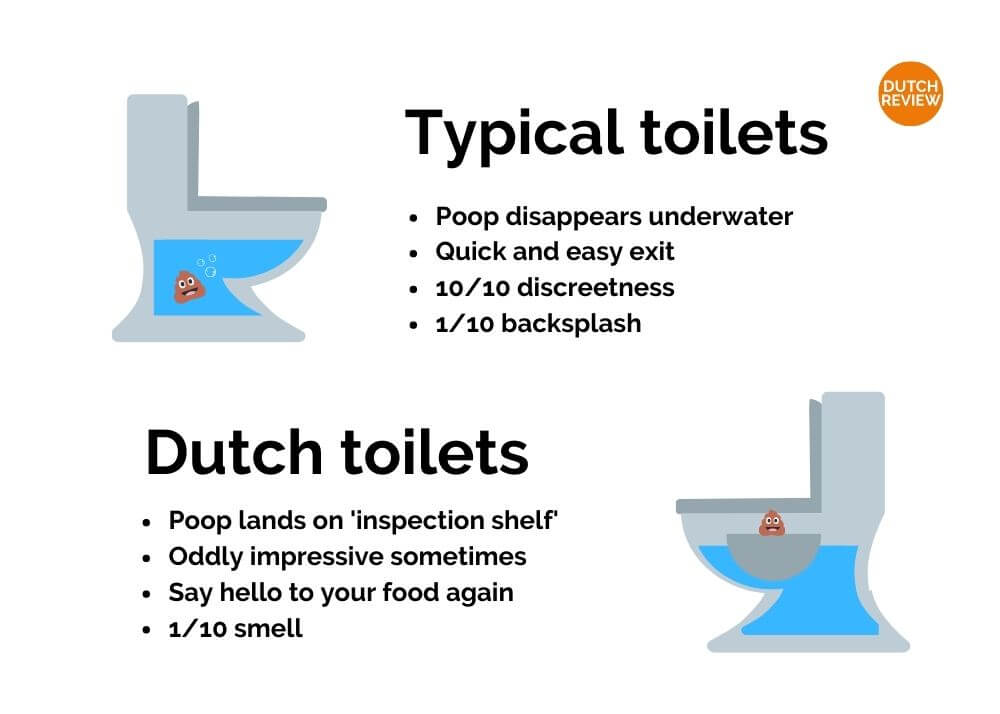
The Dutch toilet, which was inspired by the Germans, includes an inspection shelf for a closer look at any logs you may have dropped.
However, there is a method to this craziness, as this design is ideal for analyzing your poop to see if your internal plumbing is in good working order!
Pros: no wet bum, a better view at your poop, and…errr, yes. You don’t get a wet bum.
Cons: you get a full whiff of the odour, use your toilet brush to death, and get to say “doei!” to your feces one last time.
International visitors beware: Dutch restrooms are nothing like the ones you’re used to!
Steep stairs that might scare a mountain goat away – Dutch House Features
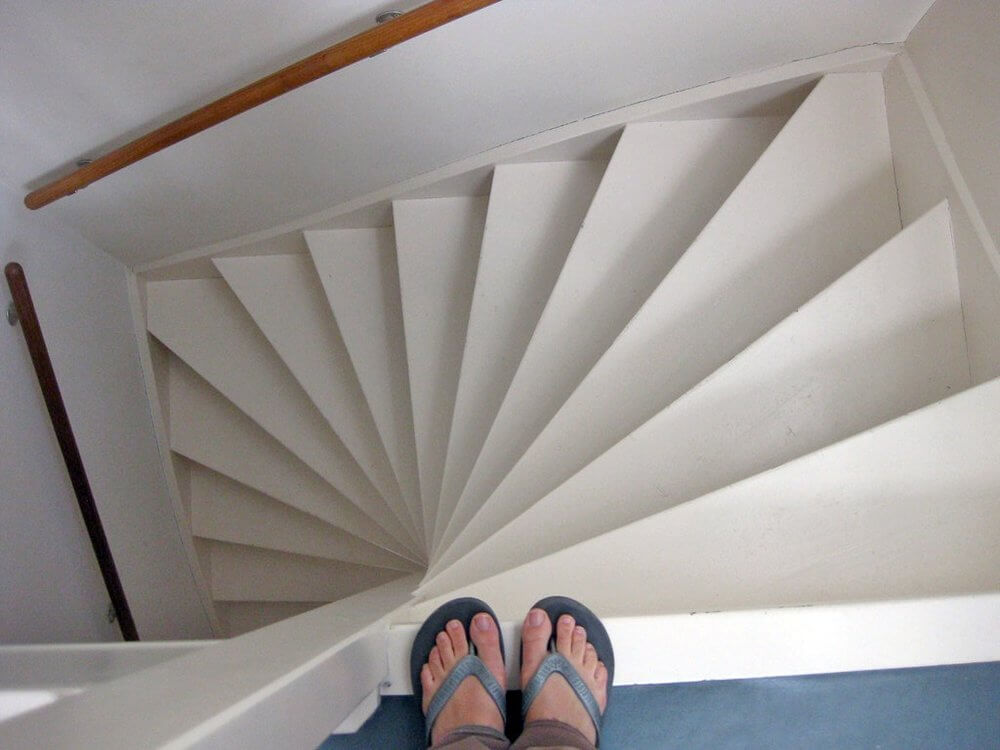
Please visit a Dutch house if you need practice for a trip to the Tibetan mountaintop.
The slope is primarily due to need. Because Dutch officials used to tax people based on the breadth of their dwellings, Dutch houses are packed more closely than stroopwafels in AH packing.
So, if you go to a Dutch house and marvel at the steepness of their steps, be aware that your shins may also be in risk.
Fantastic window displays that will have you taking a step back.
Dutchies thrive at cool window displays, whether it’s to announce the birth of a new kid, to wish Sarah or Abraham a happy birthday, or to show off elegant decor.
The decor is usually oriented outwards so passers-by can take a look, comment “wat mooi!” (how beautiful), and continue on their way.
At the very least, you’ll see some adorable shells and the odd cactus or two on the windowpane — but the sky’s the limit among imaginative Dutchies!
Every December, a gourmetten bakplaat (griddle) is prepared.
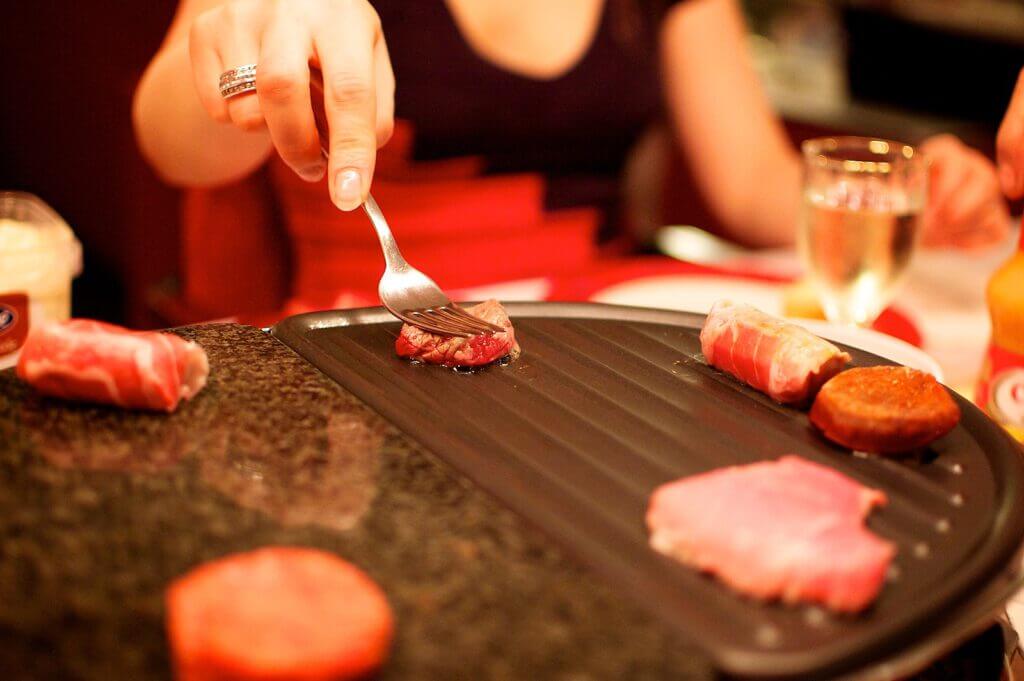
It seems that the creators of borrelen like spending time with fine food and drink.
Gourmetten consists of sitting at a table and grilling meat and vegetables in smaller pans on a bakplaat (small cooking equipment), with accompanying bread and sauces.
It’s a traditional Dutch Christmas custom and a terrific opportunity for families to gather together for a gezellig etentje (cozy dinner). As a result, gourmetten bakplaten are unlikely to be found anywhere else than a Dutchie’s kitchen.
Bathroom sinks in bedrooms because we don’t even
Bathroom sinks, like unwelcome intruders, can occasionally be found lurking in Dutch bedrooms.
“Bedroom sinks,” which date back to a time when adequate bathrooms were not as widespread, are now more commonly found in older homes. These fittings are also becoming more common in newer student housing.
Students, beware: some landlords use this “luxury” as a pretext to raise rent on bedrooms with sinks.
Ceramic figures giving each other a perpetual smooch
Many Dutch houses appear to have ceramic figures of a boy and girl dressed in traditional Dutch attire having a snog.
They are a mix of cuteness, Dutch culture, and Delfts blauw (traditional blue and white Dutch pottery which depicts scenes from the Netherlands). What is there not to like? This kissing duo is so well-known that three-story-tall statues of them have been constructed in Zaandam.
Two distinct kitchen towels that should not be mixed
Almost every Dutch home has two kitchen towels: one for your hands and one for drying your dishes – Dutch House Features
If you use the wrong towel to wipe your hands, you risk a severe frown. Which one is it? The one for hands, according to Dutchies, is fluffier, but to be honest, we take a wild guess each time.
As you can see, the Dutch undoubtedly have an abundance of ingenuity and weirdness (though we’ll have to pass on those stairs)!
Random Buddha statues, for that extra bit of zen
What are Buddhas, Buddhist icons, doing in a mostly irreligious country?
One idea holds that Western countries like features of Asian culture that are easy to understand.
Here’s our theory: Buddhas, with their exoticism, offer an aspect of “sure, it’s from Thailand — I like to travel, you know” (even if it was purchased with a korting in an Amsterdam gift store).
The peculiarity of the Dutch door
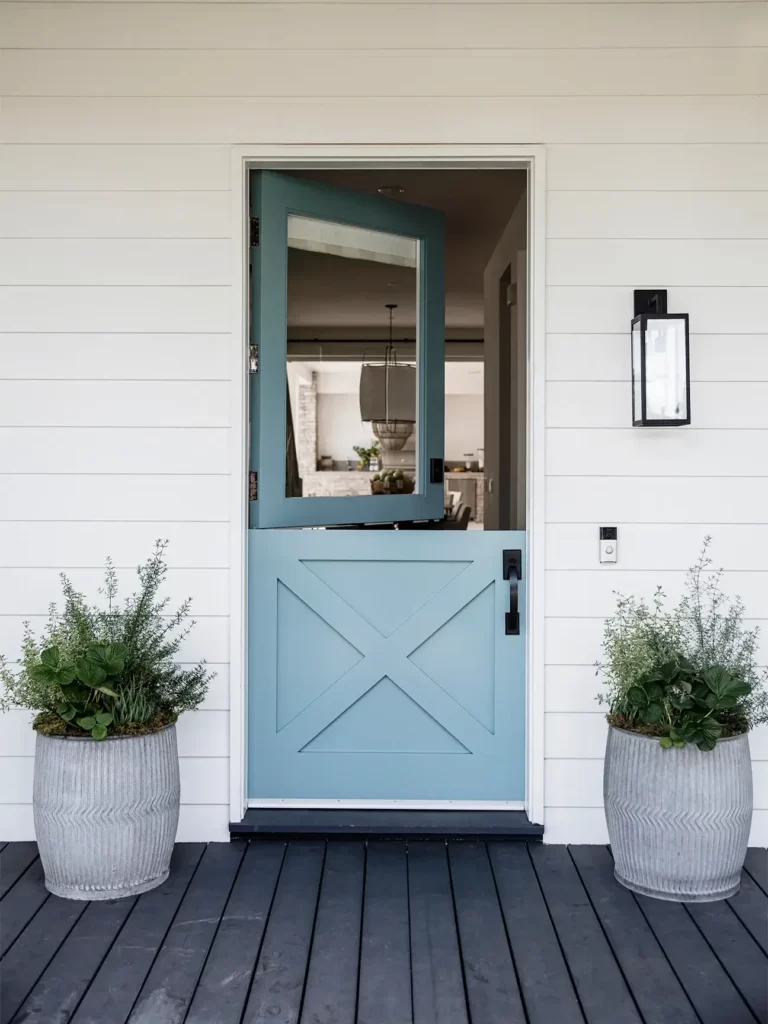
What are Dutch doors? But wait…how do the Dutch have their own peculiar doors?
These doors, often known as stable doors or boerendeuren (farm doors), are unusual external doors.
They have an upper and lower part that may be opened independently. These sections work similarly to windows in that the upper half allows the house to be aired out while the lower half keeps dirt and animals out.
This is pretty cool because they’re generally seen on farms. After all, you don’t want a goat stealing your boterham (sandwich)!
The efficient kaasschaaf for all your sandwich needs
The modest cheese-grater is probably recognizable to most of us, but the Dutch kaasschaaf (cheese slicer) is the cheese-bigger grater’s (and dare we say better?) brother.
If you want something more fancy than plakjes (slices) of cheese from Albert Heijn, pick up one of these bad boys and slice your cheese wedges at home.
Finding one of these in a drawer means you’re either in a Dutch house or have a wild Dutchie lurking about your house (hopefully they brought cheese!).
A flessenlikker to get every drop of what’s lekker
The Dutch enjoy a variety of spreads for their boterhammen (sandwiches), as well as being frugal.
What is the most effective approach to mix the two?
Of course, a flessenlikker! A flessenlikker (or “bottle licker” in English) is a tool for scraping the final bits of jam, Nutella, or whatever spread you choose off a jar.
Although most internationals are unfamiliar with them, seeing one in the kitchen is a solid clue you’ve entered a Dutch home.
Most internationals are perplexed by the mysterious draaikiepramen – Dutch House Features
The draaikiepraam, also known as a tilt-and-turn window, is rather prevalent in parts of Europe, particularly the Netherlands.
However, its two methods of opening have internationals scratching their heads in befuddlement.
A draaikiepraam can be tilted inward on its axis to allow a little wind in, but it can also be opened outwardly like a door.
These are ideal for small-space homes in the Netherlands. They do, however, have a fussy mechanism that can be a pain to work. And count your blessings if you’ve never had to pay to have one of them repaired! Fighting one of these is a solid clue you’ve landed in a Dutch house.
